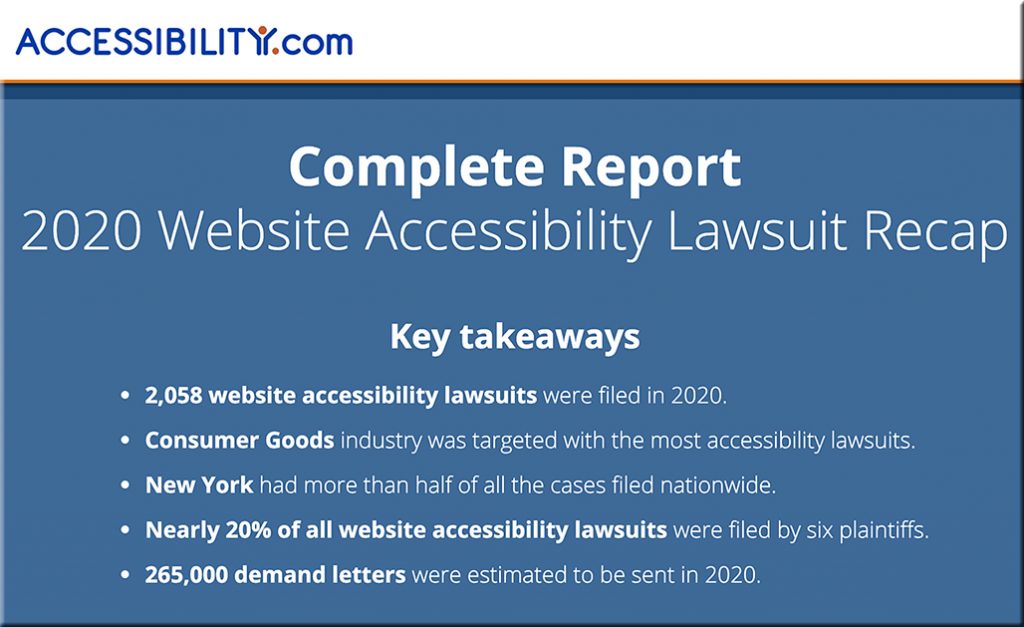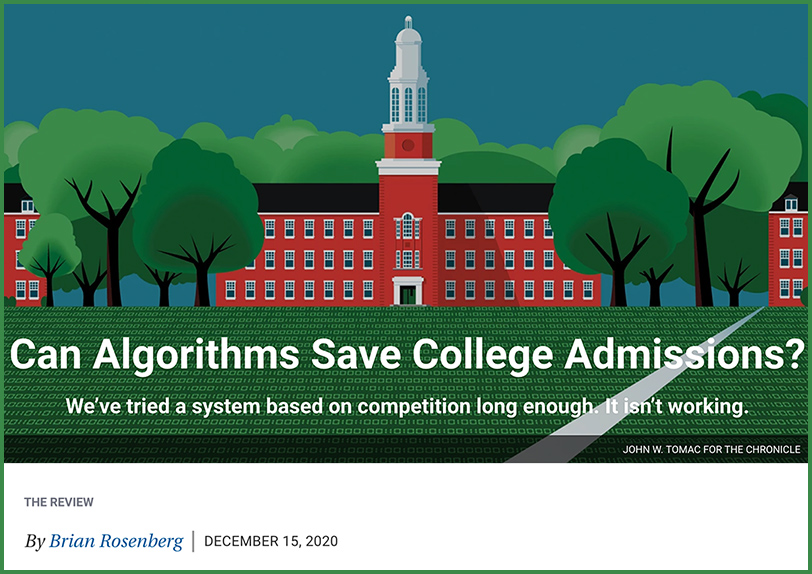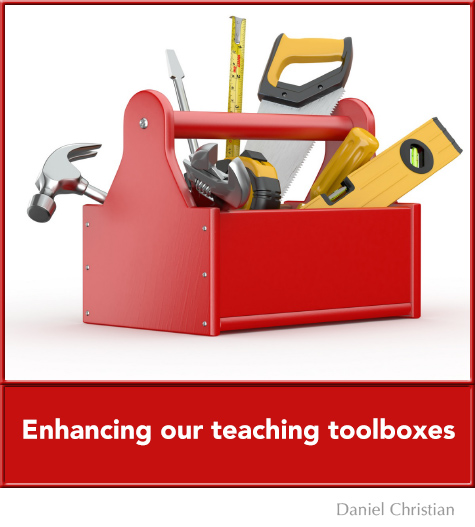From DSC:
Reading through the article below, I can’t help but wonder…how might the eviction crisis impact higher education?
Losing a Home Because of the Pandemic Is Hard Enough. How Long Should It Haunt You? — from nytimes.com by Barbara Kiviat (professor of sociology) and Sara Sternberg Greene (law professor)
Americans who default on their rent may find it hard to escape lasting effects on their financial future.
Excerpts:
Millions of Americans have fallen behind on rent during the Covid-19 pandemic, prompting the passage of eviction moratoriums and rental assistance plans. But as policymakers have struggled to meet the needs of tenants and landlords, they’ve largely overlooked a crucial fact: The looming eviction crisis isn’t just about falling behind on rent and losing one’s home to eviction. It’s also about the records of those events, captured in court documents and credit reports, that will haunt millions of Americans for years to come.
Just as criminal records carry collateral consequences — preventing people from getting jobs, renting apartments and so on — blemishes on a person’s financial history can have far-ranging effects. Records of evictions can prevent Americans from renting new places to live, and debts and lawsuits related to unpaid rent can follow people as they apply for jobs, take out insurance policies, apply for mortgages and more. The process starts when landlords report late payments directly, file for eviction, sue in small claims court and hire debt collectors to pursue back rent. Those paper trails of unpaid rent and eviction get sucked into the digital warehouses of credit bureaus and data brokers.













